Subgrade Strength Recovery of Fine-Grained-Soil-Containing Roads in Western Oregon Forest
Abstract
:1. Introduction
Literature Review
2. Materials and Methods
3. Results
3.1. Field Results
3.2. Laboratory Results
4. Discussion
5. Conclusions
Author Contributions
Funding
Data Availability Statement
Conflicts of Interest
References
- Boston, K. The Potential Effects of Forest Roads on the Environment and Mitigating their Impacts. Curr. For. Rep. 2016, 2, 215–222. [Google Scholar] [CrossRef]
- Heinimann, H. Pavement Engineering for Forest Roads: Development and Opportunities. Croat. J. For. Eng. 2017, 42, 91–106. [Google Scholar] [CrossRef]
- Sessions, J.; Boston, K.; Wing, M.; Akay, A.; Theisen, P.; Heinrich, R. Forest Road Operations in the Tropics; Springer: New York, NY, USA, 2007; 166p. [Google Scholar]
- Sessions, J.; Boston, K.; Thoreson, R.; Mills, K. Optimal Policies for Managing Aggregate Resources on Temporary Forest Roads. West. J. Appl. For. 2006, 21, 207–216. [Google Scholar] [CrossRef]
- Ghosh, G. Effect of soil moisture in analyzing undrained shear strength of compacted clayey soil. J. Civ. Eng. Constr. Technol. 2013, 4, 23–31. [Google Scholar]
- Utterback, P.; Moore, T.L.; Kestler, M.A.; Affleck, R. The Effects of Winter Haul on Low Volume Forest Development Roads; US Forest Service, Technology & Development Program: San Dimas, CA, USA, 1995.
- Toman, E.M.; Skaugset, A.E. Reducing sediment production from forest roads during wet-weather hauling. Transp. Res. Rec. J. Transp. Res. Board 2011, 2203, 13–19. [Google Scholar] [CrossRef]
- Sullivan, K.; Dhakal, A.S.; Kunz, M.J.; Medlin, M.; Griffith, A.; Rossen, R.; Williams, K. Sediment Production from Forest Roads on Humboldt Redwood Company Lands: Study of Erosion Rates and Potential Delivery to Streams; Technical Report; Humboldt Redwood Company: Scotia, CA, USA, 2011; 108p. [Google Scholar]
- Li, D.; Selig, E.T. Evaluation of railway subgrade problems. Transp. Res. Rec. 1995, 1489, 17–25. [Google Scholar]
- Roslan, N.I.; Ghani, A.N.A.; Hamid, A.A. Road subgrade strength under various flooding events. J. Teknol. 2015, 75, 39–43. [Google Scholar] [CrossRef]
- Lary, J.A.; Mahoney, J.P. Seasonal effects on the strength of pavement structures. Transp. Res. Rec. 1984, 954, 88–94. [Google Scholar]
- Hanek, G.L.; Truebe, M.A.; Kestler, M.A. Using Time Domain Reflectometry (TDR) and Radio Frequency (RF) Devices to Monitor Seasonal Moisture Variation in Forest Road Subgrade and Base Materials; Technical Report; Technology & Development Program, USDA Forest Service: Washington, DC, USA, 2001.
- Linares, J.L. A Case Study: The Performance of Aggregate Surfaced Roads during Wet Weather. Master’s Thesis, Department of Civil Engineering, Oregon State University, Corvallis, OR, USA, 1988. [Google Scholar]
- Hinshaw, R.F.; Northrup, J. Predicting Subgrade Moisture under Aggregate Surfacing. Transp. Res. Rec. 1991, 1291, 00611800. [Google Scholar]
- Bolander, P. Evaluation of Aggregate-Surfaced Roads for Timber Haul. Transp. Res. Rec. J. Transp. Res. Board 2015, 2473, 116–125. [Google Scholar] [CrossRef]
- Truebe, M.A.; Evans, G.L.; Bolander, P. Lowell test road: Helping improve road surfacing design. In Proceedings of the 6th International Conference on Low Volume Roads, Minneapolis, MN, USA, 25–29 June 1995; Volume 2. [Google Scholar]
- Foltz, R.B.; Burroughs, E.R., Jr. Sediment Production from Forest Roads with Wheel Ruts; U.S. Department of Agriculture: Forest Service—National Agroforestry Center: Washington, DC, USA, 1990.
- Hillel, D. Environmental Soil Physics: Fundamentals, Applications, and Environmental Considerations; Academic Press: Cambridge, MA, USA, 1998. [Google Scholar]
- ASTM D (1883-99); Standard Test Method for CBR (California Bearing Ratio) of Laboratory-Compacted Soils. ASTM International: West Conshohocken, PA, USA, 1999.
- ASTM D (2325-68); Standard Test Method for Capillary—Moisture Relationships for Coarse and Medium Textured Soils by Porous–Plate Apparatus. ASTM International: West Conshohocken, PA, USA, 1968.
- ASTM D (2487-00); Standard Practice for Classification of Soils for Engineering Purposes (Unified Soil Classification System). ASTM International: West Conshohocken, PA, USA, 1996.
- ASTM D4429-09a; Standard Test Method for CBR (California Bearing Ratio) of Soils in Place. ASTM International: West Conshohocken, PA, USA, 2009.
- Boston, K.; Pyles, M.; Bord, A. Compaction of forest roads in Northwestern Oregon–room for improvement. Int. J. For. Eng. 2008, 19, 24–28. [Google Scholar] [CrossRef]
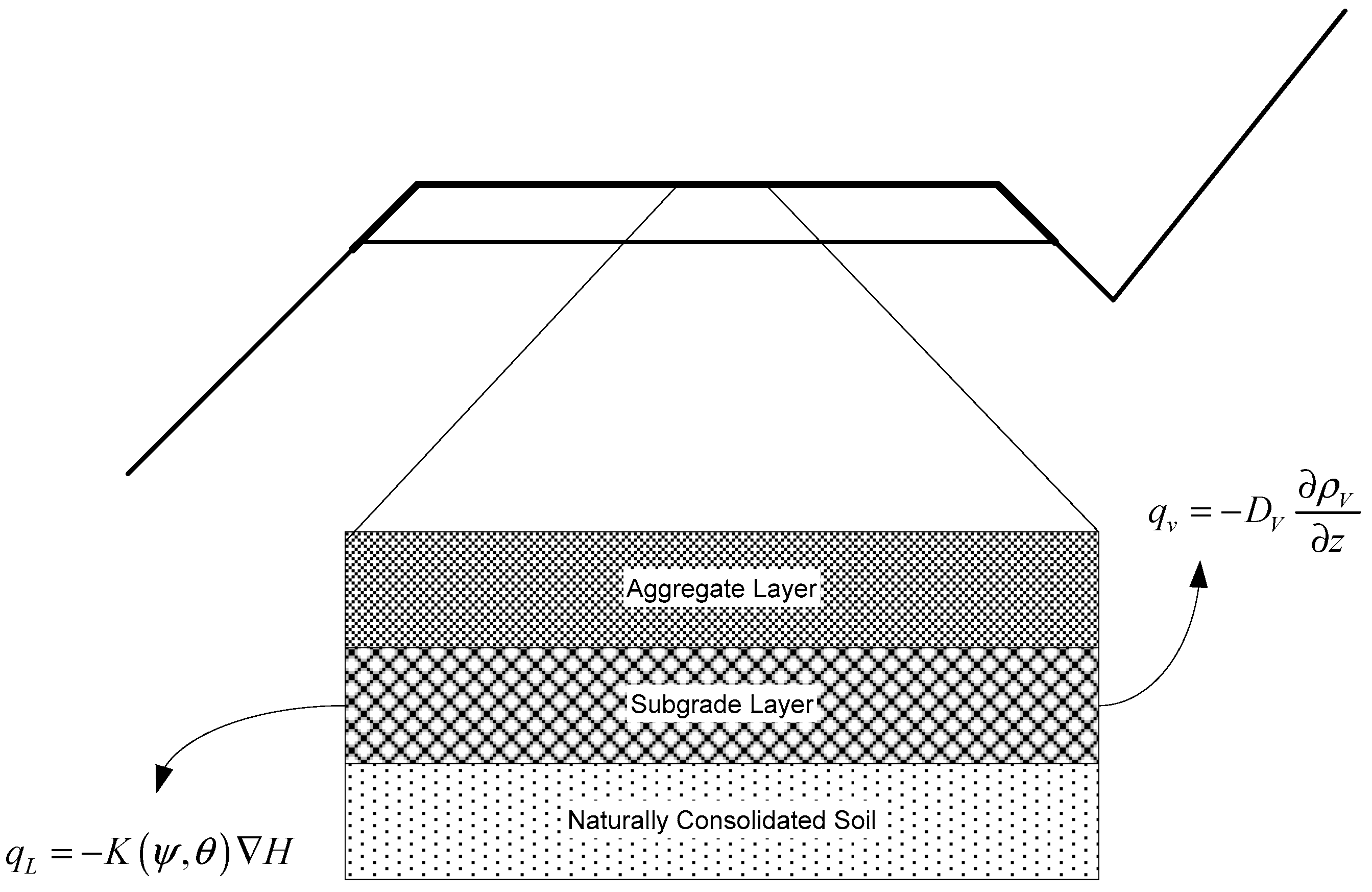
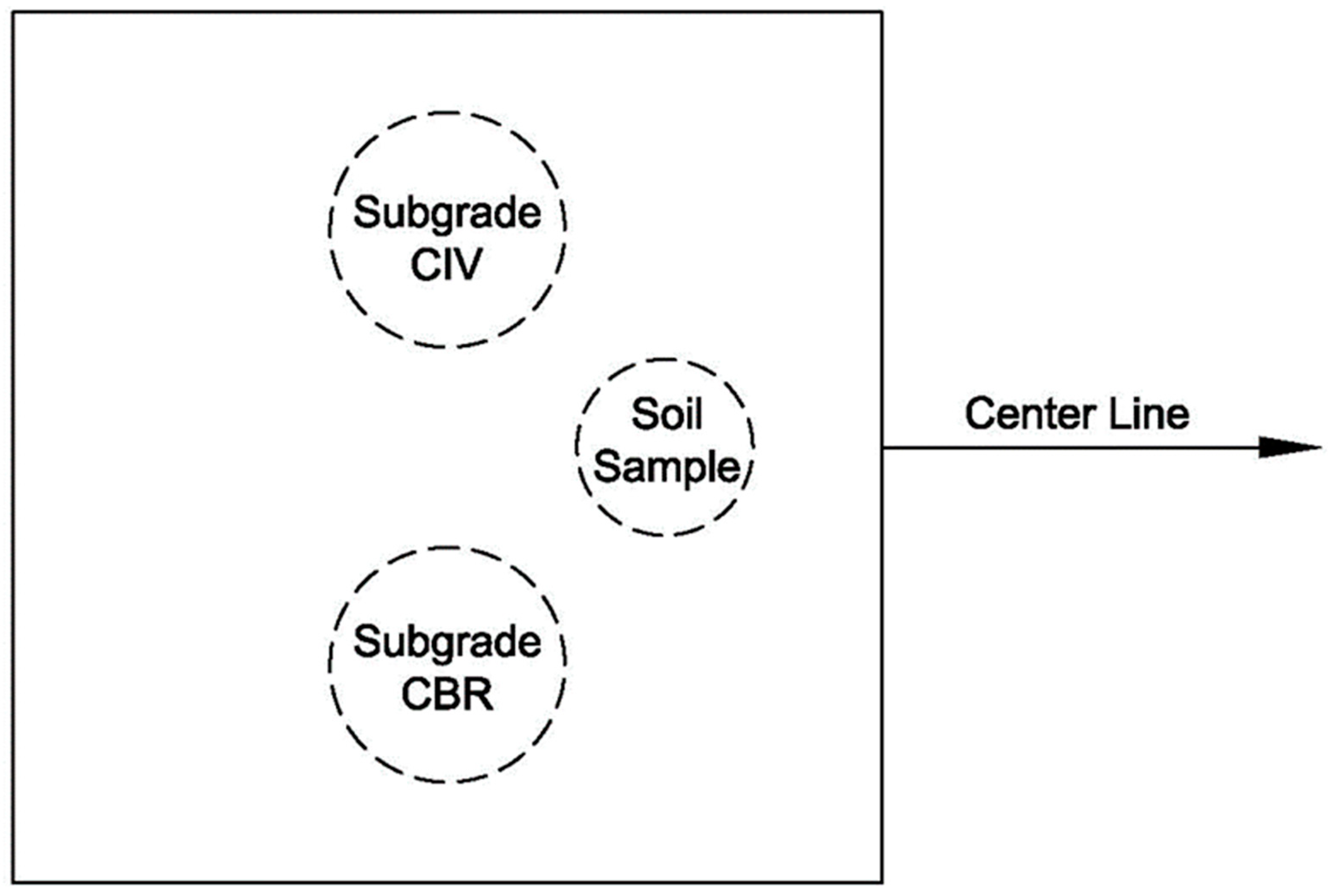
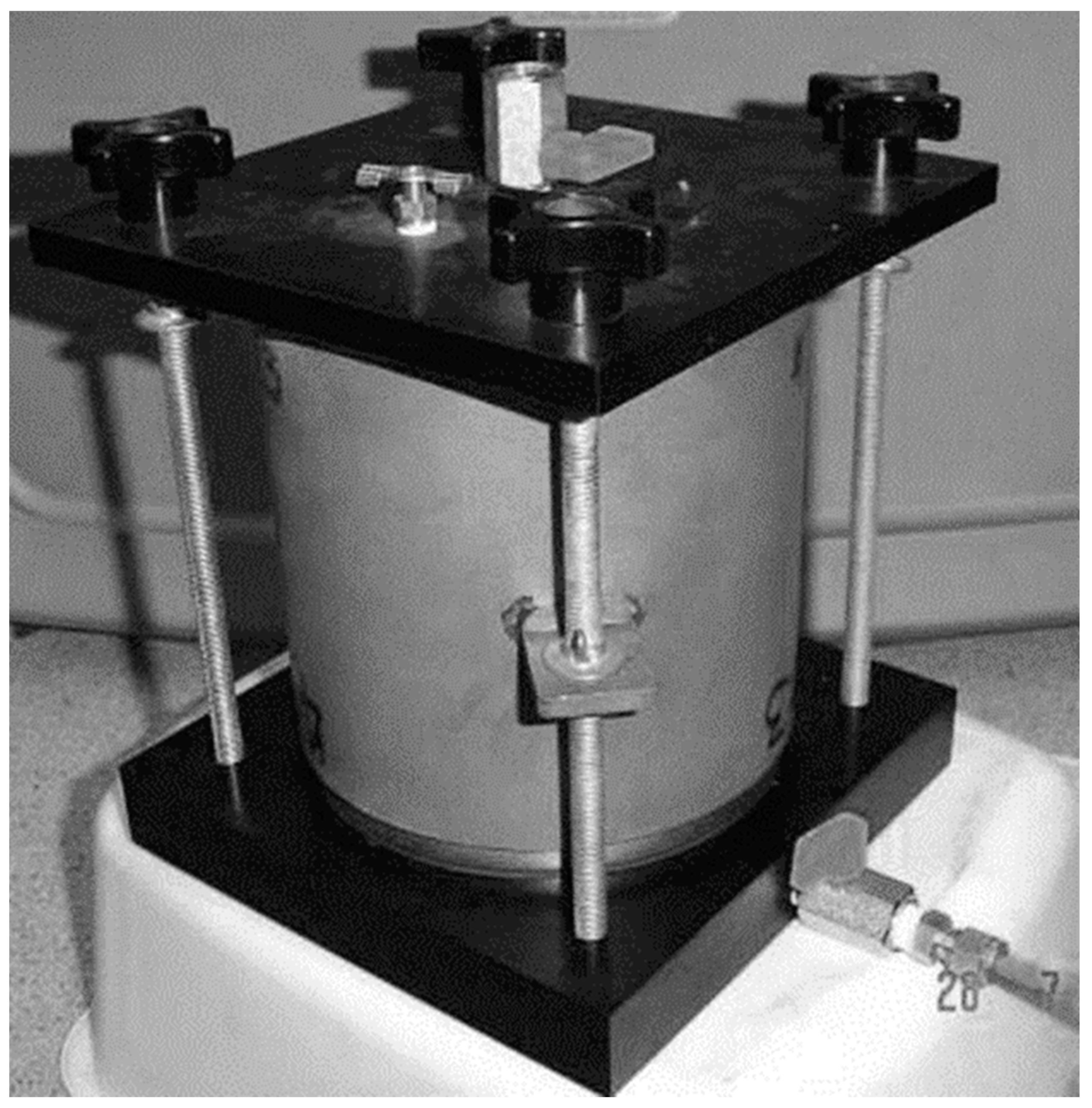




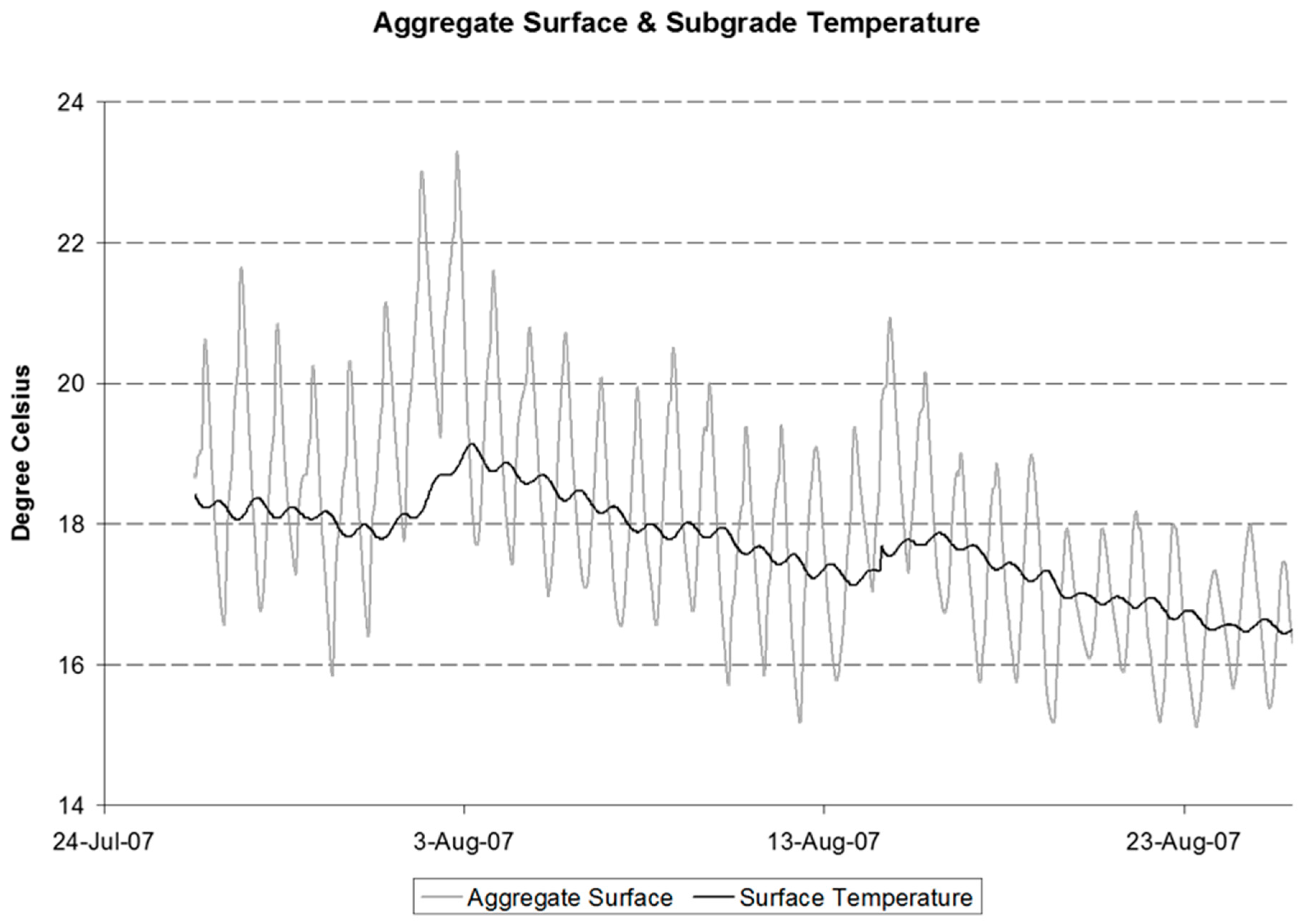
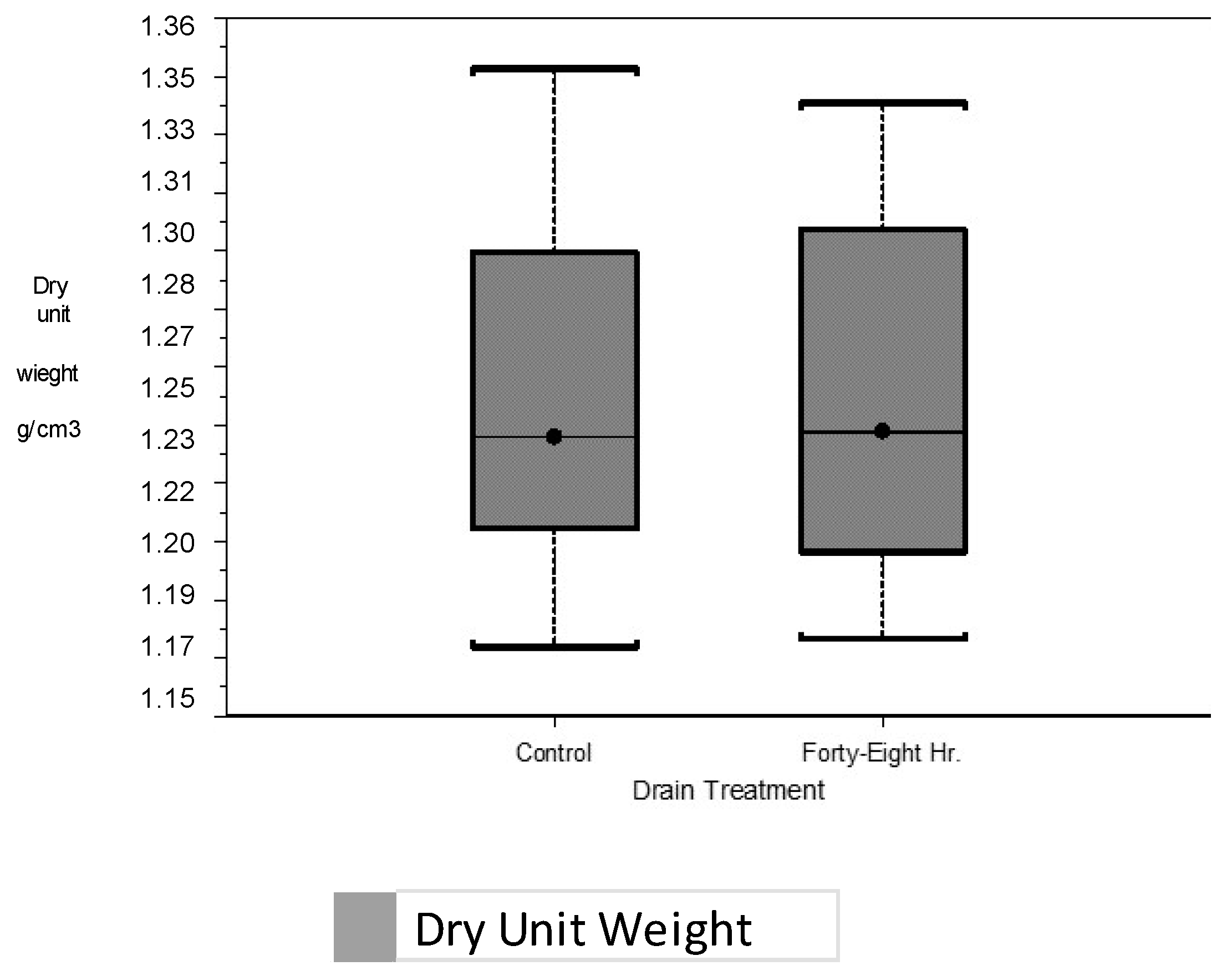
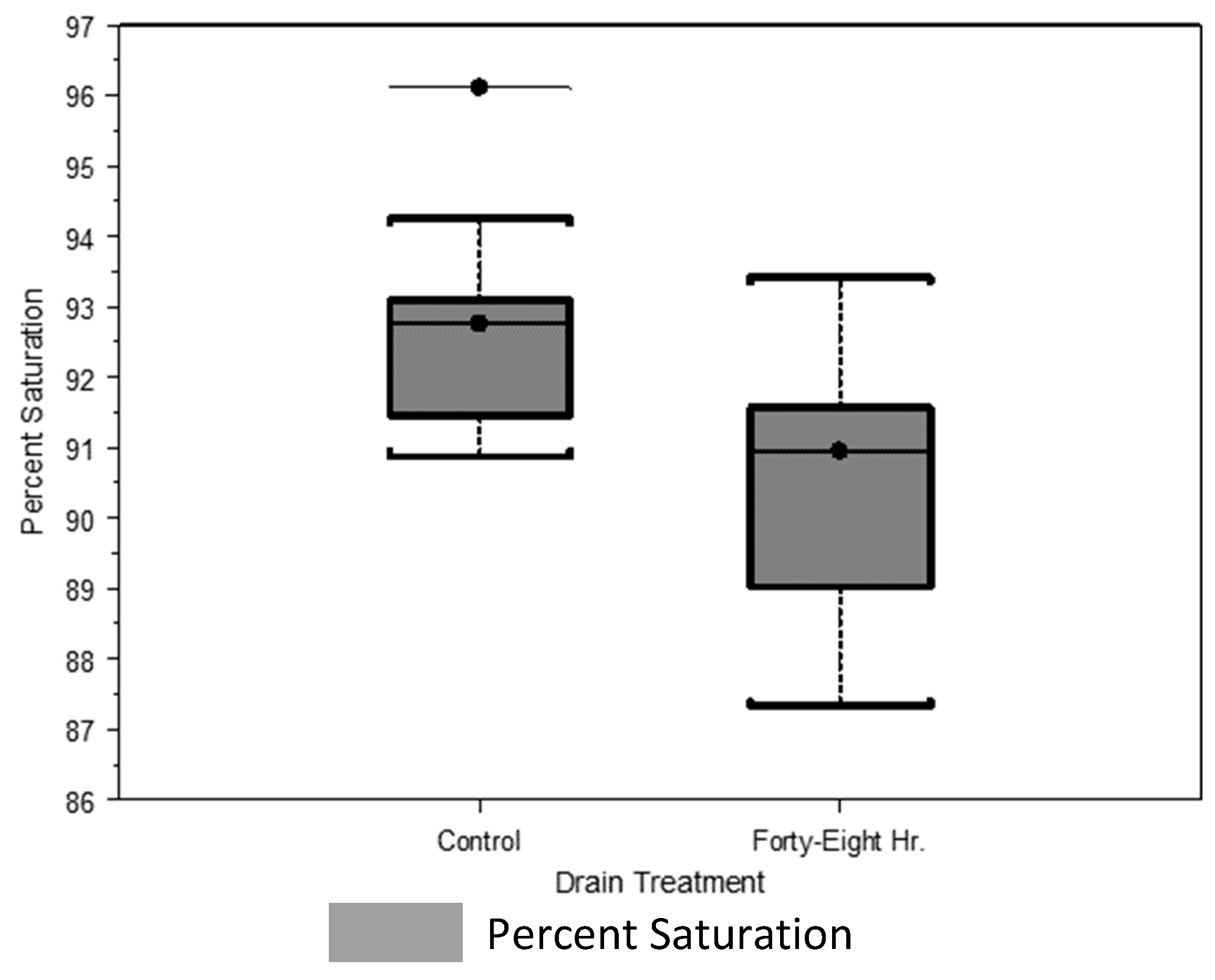

Disclaimer/Publisher’s Note: The statements, opinions and data contained in all publications are solely those of the individual author(s) and contributor(s) and not of MDPI and/or the editor(s). MDPI and/or the editor(s) disclaim responsibility for any injury to people or property resulting from any ideas, methods, instructions or products referred to in the content. |
© 2024 by the authors. Licensee MDPI, Basel, Switzerland. This article is an open access article distributed under the terms and conditions of the Creative Commons Attribution (CC BY) license (https://creativecommons.org/licenses/by/4.0/).
Share and Cite
Boston, K.; Patterson, J.; Inman, A. Subgrade Strength Recovery of Fine-Grained-Soil-Containing Roads in Western Oregon Forest. Forests 2024, 15, 671. https://doi.org/10.3390/f15040671
Boston K, Patterson J, Inman A. Subgrade Strength Recovery of Fine-Grained-Soil-Containing Roads in Western Oregon Forest. Forests. 2024; 15(4):671. https://doi.org/10.3390/f15040671
Chicago/Turabian StyleBoston, Kevin, Justin Patterson, and Aaron Inman. 2024. "Subgrade Strength Recovery of Fine-Grained-Soil-Containing Roads in Western Oregon Forest" Forests 15, no. 4: 671. https://doi.org/10.3390/f15040671



